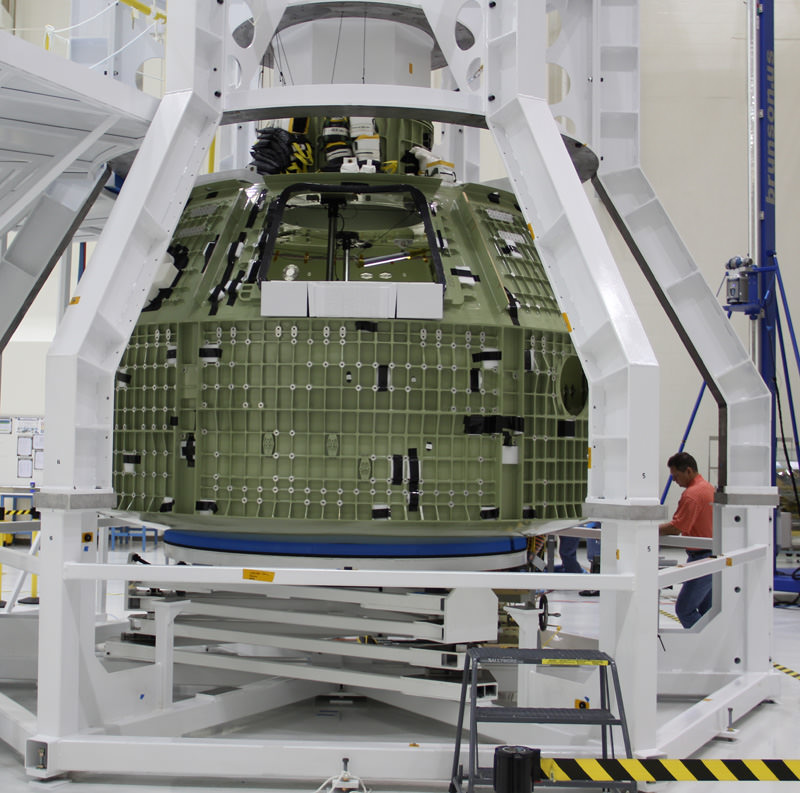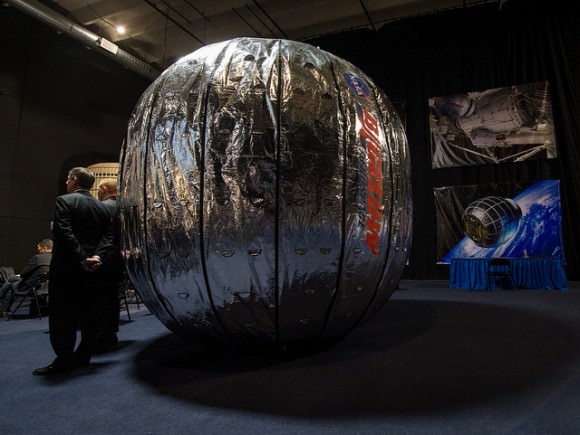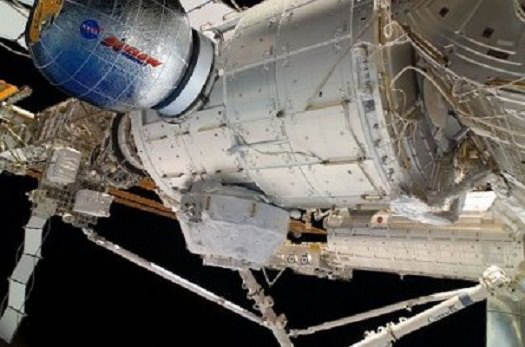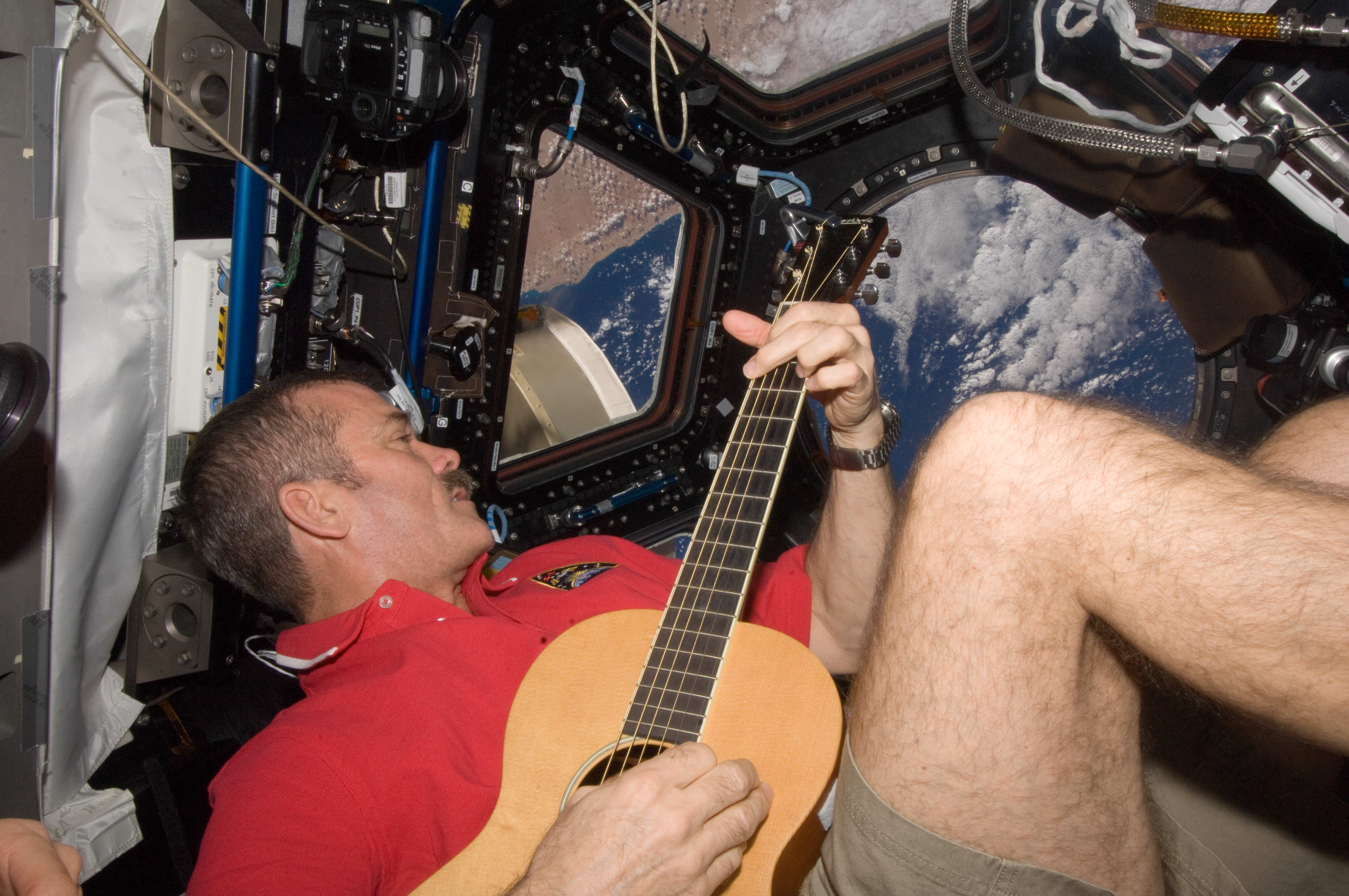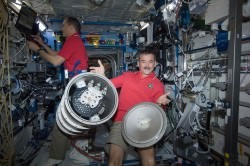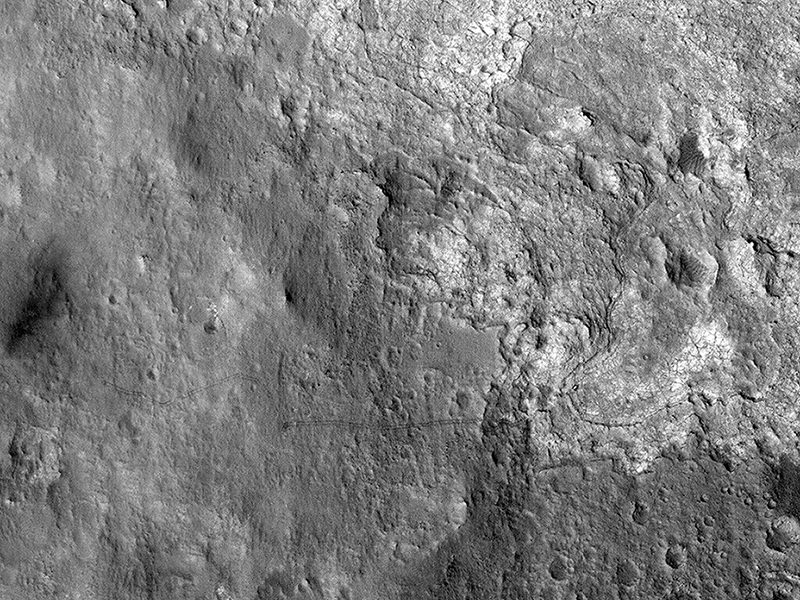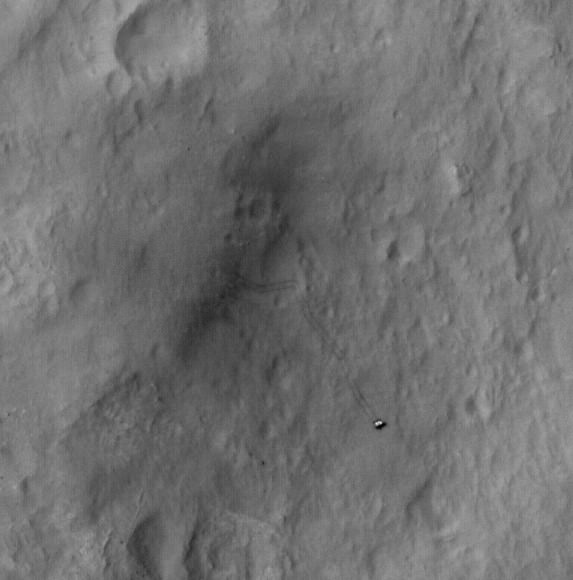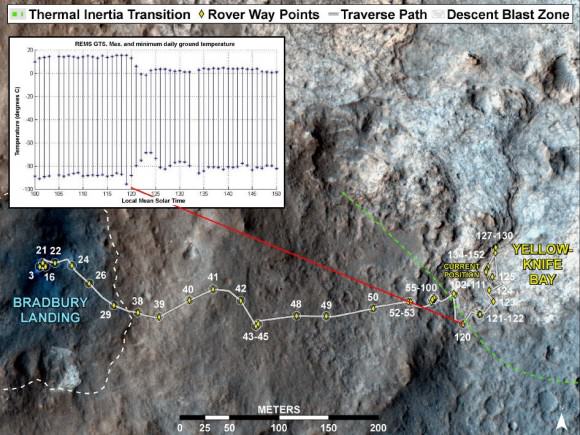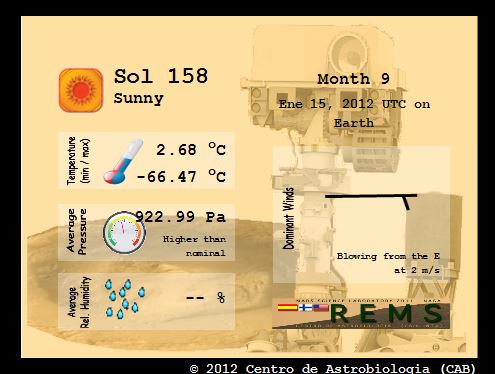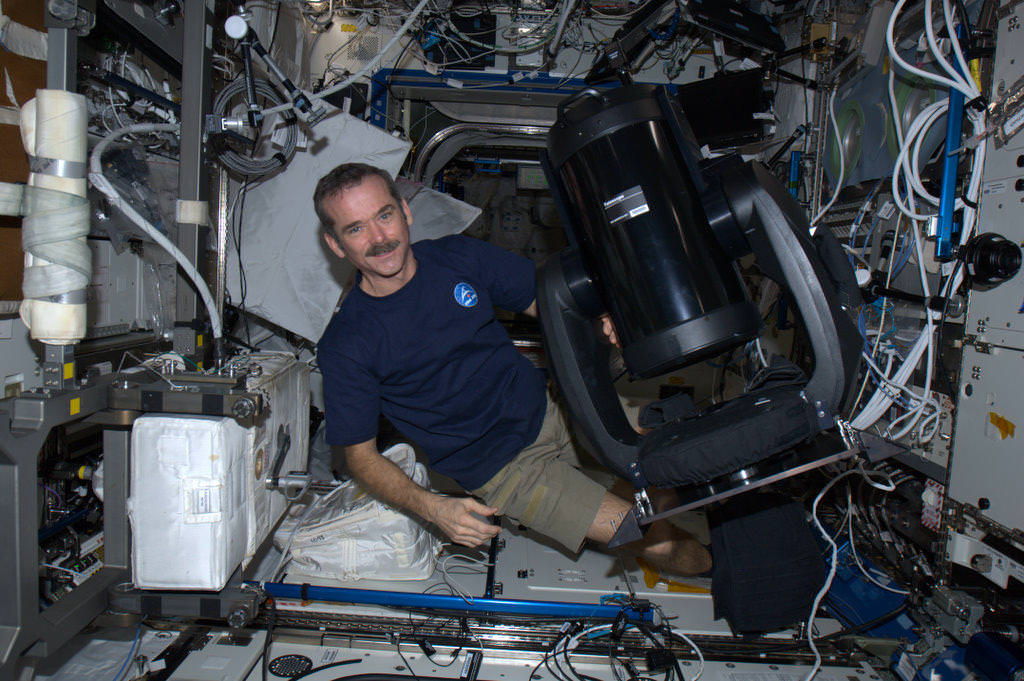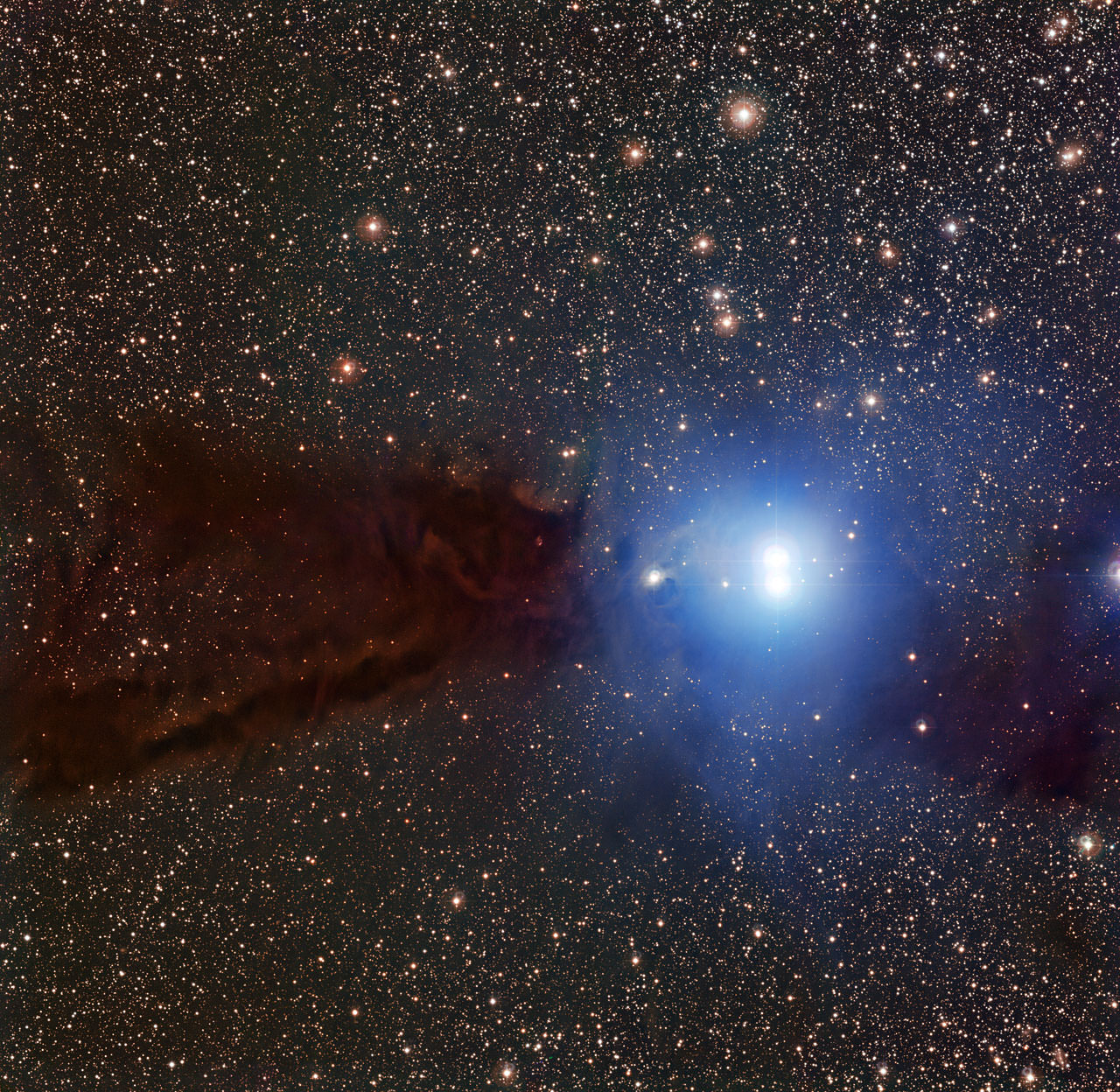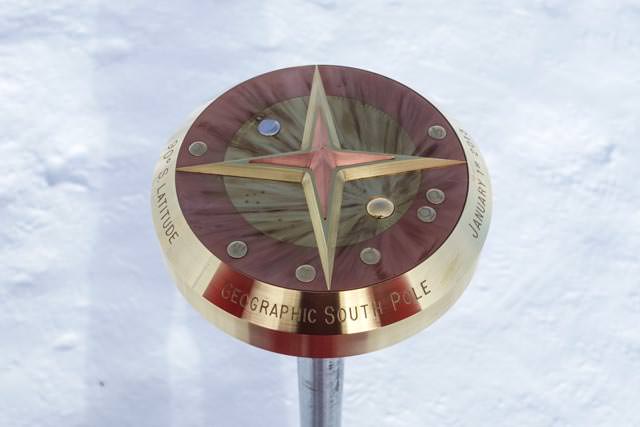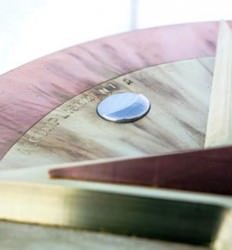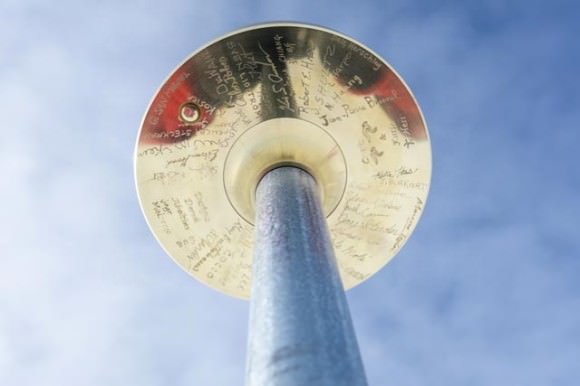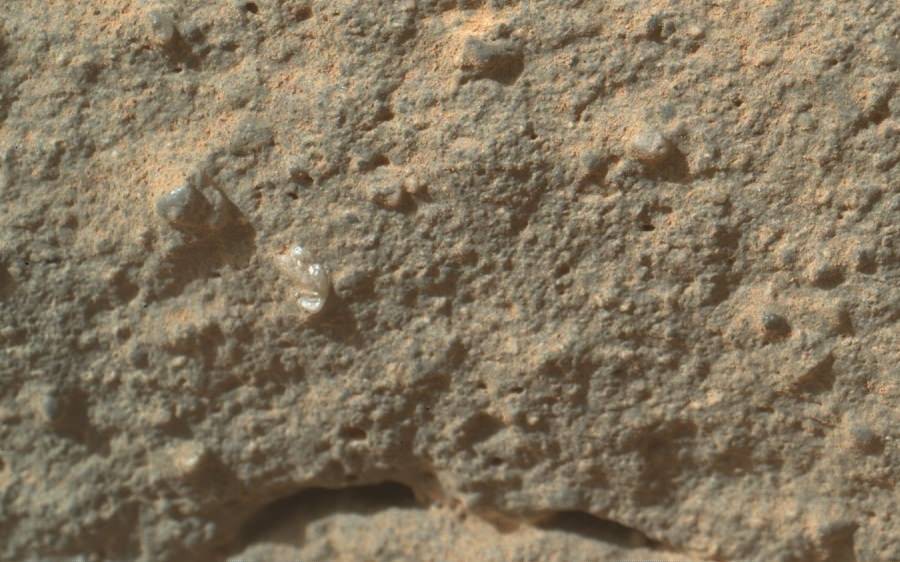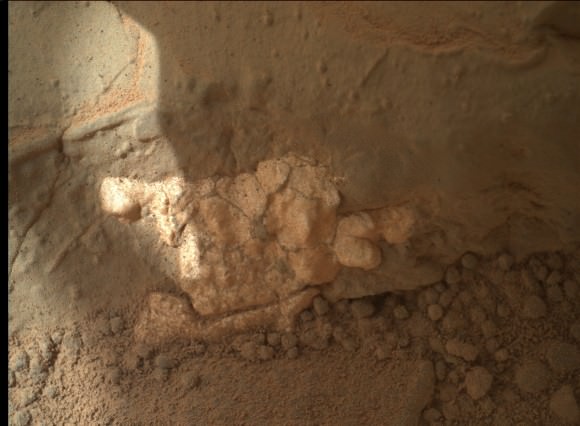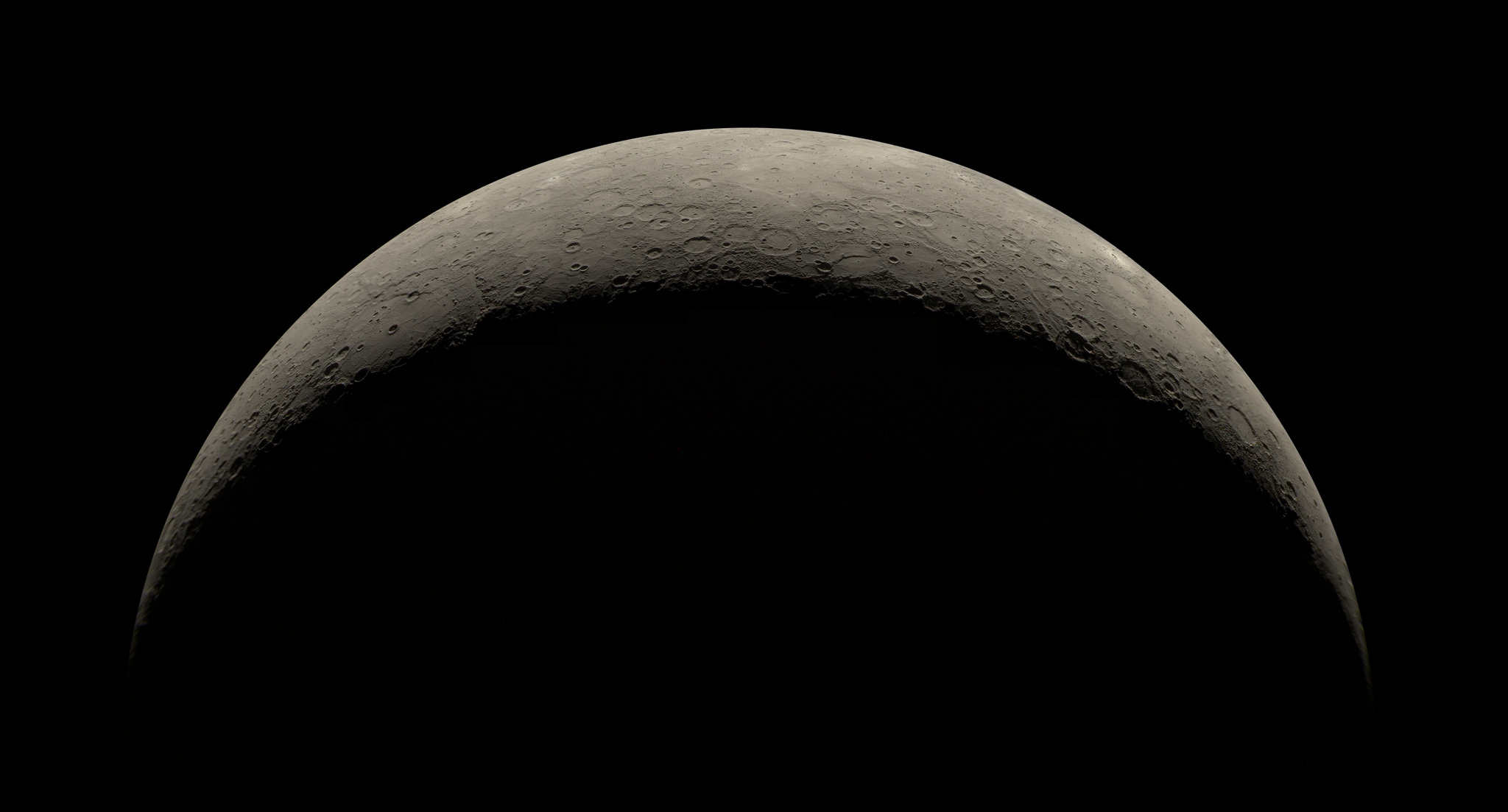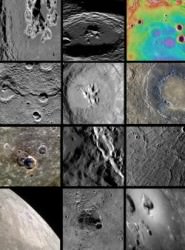The Orion spacecraft has gotten a new look for its first launch atop the inaugural flight of NASA’s Space Launch System (SLS) booster on the Exploration Mission-1 flight around the Moon in 2017 as seen in this new animation.
The vehicles service module will be built by the European Space Agency (ESA), as a result of a new bilateral agreement between NASA and ESA. Orion is designed to carry humans back to the Moon and to deep space destinations like Asteroids and Mars.
The service module will fuel and propel the capsule on its uncrewed journey to the Moon and back on EM-1 in 2017.
Read my follow-up report for details about the new NASA/ESA agreement. See my earlier story here, about preparations for the first Orion launch in September 2014 on the upcoming Exploration Flight Test-1 in 2014 atop a Delta IV Heavy. An unmanned Orion will fly on a two orbit test flight to an altitude of 3,600 miles above Earth’s surface, farther than a human spacecraft has gone in 40 years, and then plunge back to Earth to test the spacecrafts systems and heat shield.
NASA is also simultaneously fostering the development of commercial ‘space taxis’ to fly astronauts to the International Space Station (ISS) as part of a dual track approach to restore America’s human space launch capability. The 1st commercial crew vehicle might fly as early as 2015 – details here.
Image caption: Orion EFT-1 crew cabin construction ongoing at the Kennedy Space Center which is due to blastoff in September 2014 atop a Delta 4 Heavy rocket. Credit: Ken Kremer

